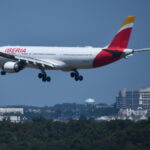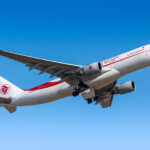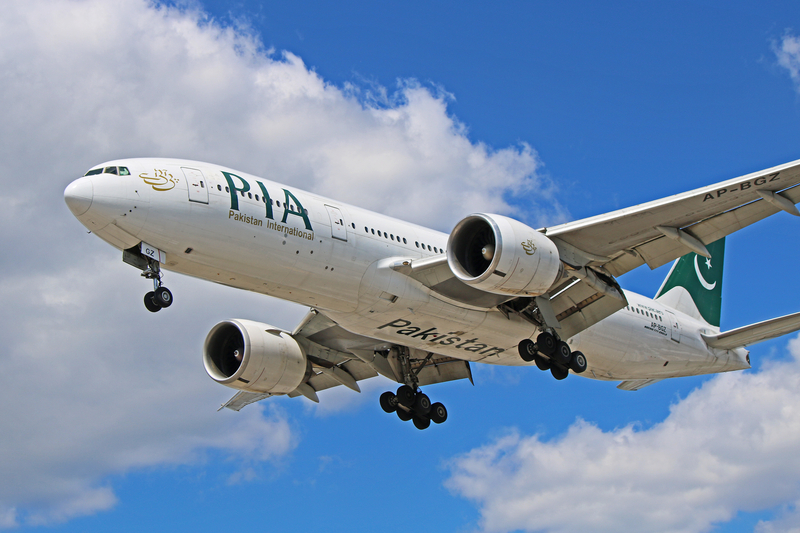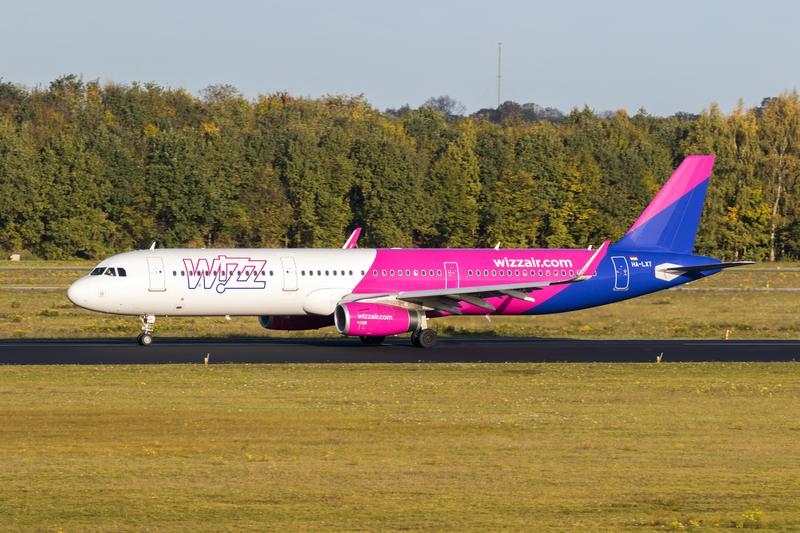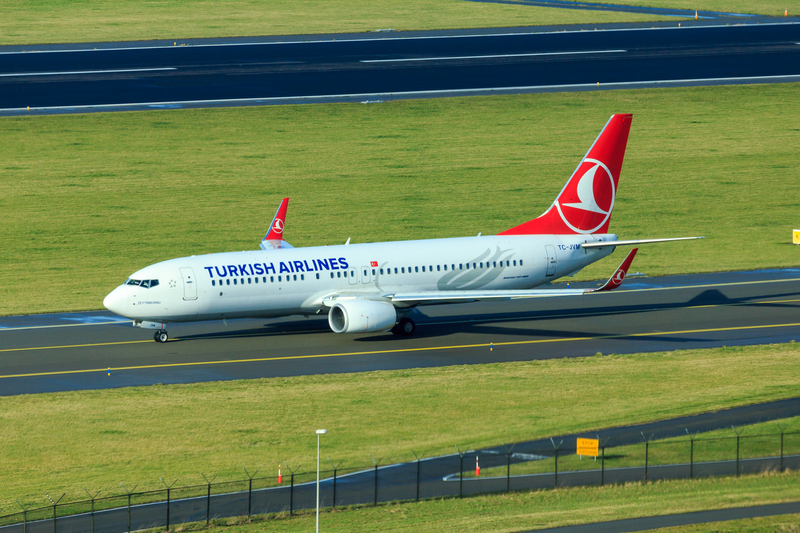Somon Air’s Giant Leap: Up To 4 787-9s & 10 737 MAX 8s
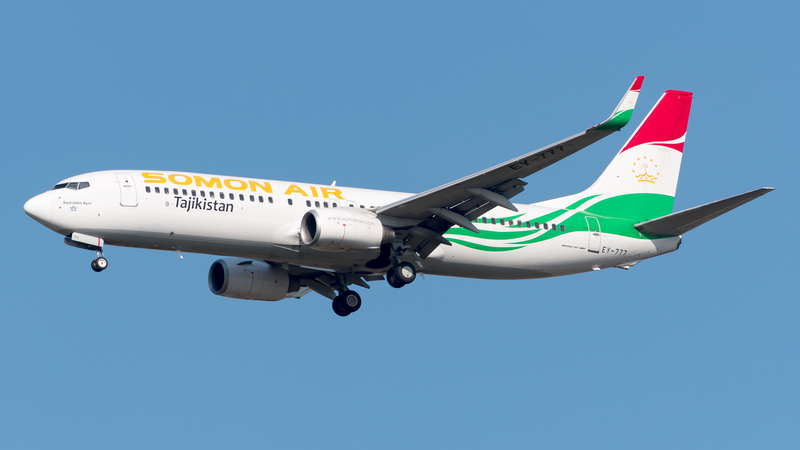
ID 335760264 © Alpiee | Dreamstime.com
Somon Air (IATA: SZ), the private flag carrier of Tajikistan based at Dushanbe (DYU), has announced a landmark commitment for up to 14 Boeing aircraft: up to four 787-9 Dreamliners and up to ten 737 MAX 8s. For an airline that today flies a compact fleet of six Boeing 737s (plus two helicopters), this is a transformational move that introduces widebodies for the first time and resets the economics of its short- and medium-haul network.
Fleet Plan: What’s Coming
-
Widebody: Boeing 787-9 (range roughly 7,500+ nm), enabling true intercontinental services from DYU despite altitude and summer temperature constraints. Exact cabin layout has not been disclosed; configuration will likely prioritize a competitive lie-flat business cabin and a flexible economy mix for VFR and seasonal peaks.
-
Narrowbody: Boeing 737 MAX 8 (range roughly 3,500+ nm), set to become the backbone of regional flying, replacing older 737 variants while cutting fuel burn and adding stage-length flexibility.
Network Implications
With the 787-9, Somon Air can credibly study nonstops from Dushanbe (DYU) to major hubs in Western Europe and East/Southeast Asia, plus targeted religious and migrant-worker flows. The 737 MAX 8 strengthens bread-and-butter routes across Central Asia, the GCC, Turkey, and South Asia, and opens thinner spokes that were marginal on older 737s.
Why It Matters For Tajikistan
Tajikistan is mountainous and landlocked; long-haul capability from the capital materially reduces dependency on foreign hubs for both passengers and belly cargo. Modern narrowbodies should also improve schedule reliability and unit costs, letting Somon Air compete more effectively against larger transfer players while stimulating inbound tourism and trade.
What We Don’t Know Yet
Somon Air has not publicly detailed delivery timing, the firm vs. option split, or the initial city pairs. A sensible rollout would see MAX 8s arrive first for quick wins (fleet refresh, cost savings), followed by the 787-9 once long-haul crews, MRO, and ground support are stood up. Cabin products and partnerships/codeshares remain to be announced.
Competitive Context
Central Asia is heating up: neighbors have been renewing fleets and pushing long-haul growth, and DYU’s geography gives Somon Air a niche if it can secure slots, align schedules for connectivity, and market Tajikistan effectively. Success will hinge on disciplined capacity planning, resilient operations, and the right mix of O&D and connections.
Bottom Line
Somon Air’s order for up to four 787-9s and up to ten 737 MAX 8s is a scale-changing bet that could elevate Dushanbe (DYU) from regional spoke to intercontinental gateway. Execution—aircraft induction, product, partnerships, and route selection—will determine whether this becomes a breakthrough for Tajik aviation or a missed opportunity.
